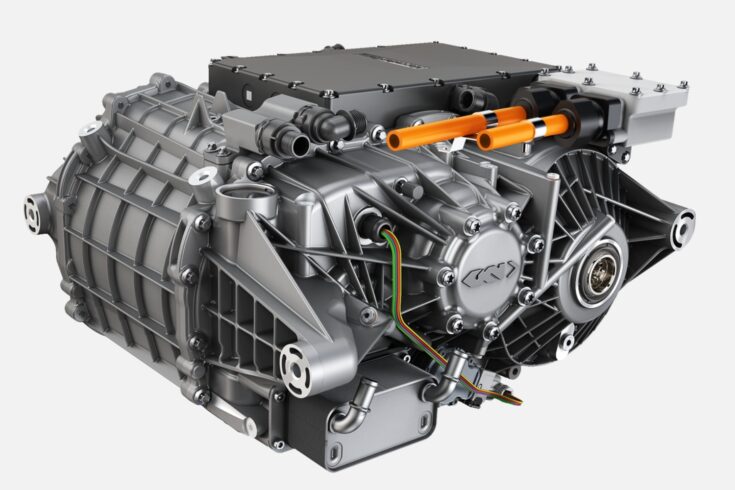Synchronous motors are ingenious devices that use an electric current to create a magnetic field. Then combining that magnetic field with that of permanent magnets to rotate a shaft. The result is a more efficient electric motor, it delivers more torque (rotational force) to the wheels for a given amount of electricity.
While synchronous motors have existed for some time, there is plenty of scope for improvement, especially in increasing the motors’ efficiency and decreasing the amount of carbon embedded in them. And it’s this which the Horizon Europe HEFT project is trying to achieve by developing new recyclable, low-cost and efficient motors. Suitable, in short, to power the next generation of electric vehicles.
Sean Worrall is Chief Engineer, Product Sustainability at GKN Automotive, which designs and manufactures drive systems for vehicles, based at their Innovation Centre in Abingdon, Oxfordshire.
He explains:
Most state-of-the-art permanent magnet synchronous motors use magnets incorporating rare earth elements, adding a significant carbon footprint. From mineral extraction and processing, and transportation across continents. EU legislation, such as the Critical Raw Materials Act, will soon restrict the import of rare earth elements and magnets, making recycling an important material stream.
However, the magnets in current designs are buried deep in the rotor, and often glued in place. And if you can extract them, they tend to oxidise, reducing their magnetic performance. We need to find a better, more holistic solution.
The HEFT project could be just such a solution, it aligns well with the European Raw Materials Alliance action plan, which seeks to create a circular economy around rare earth magnets.
Critical knowledge
Through the HEFT project, GKN Automotive is focusing on the overall specification of a new breed of sustainable motor. Meanwhile, the other UK partner involved in the project, The University of Nottingham, is providing the design of the stator (the stationary part of the motor).
For Sean Worrall, the UK partners are contributing critical machine design knowledge to the project, and vital validation and testing capability. GKN Automotive and Nottingham University have worked together on a previous project funded by Innovate UK, creating one of the components that is now being used in the new motor: development and tooling of such components is costly, so having the UK partners continue to be involved, thanks to a Horizon Europe guarantee grant, is a considerable advantage for HEFT.
And from the UK partners’ point of view, remaining in HEFT brings considerable advantages.
Sean adds:
Being embedded with this team means that we gain a great deal of knowledge ourselves, for example, we’re working with the University of Leuven on the circular economy side of things, with Mondragon University on reusability, with the University of Bologna on electrical insulation. Between us, we’re at the forefront of innovation in synchronous motors.
Top image: A design render of an electric motor. Credit: GKN Automotive

